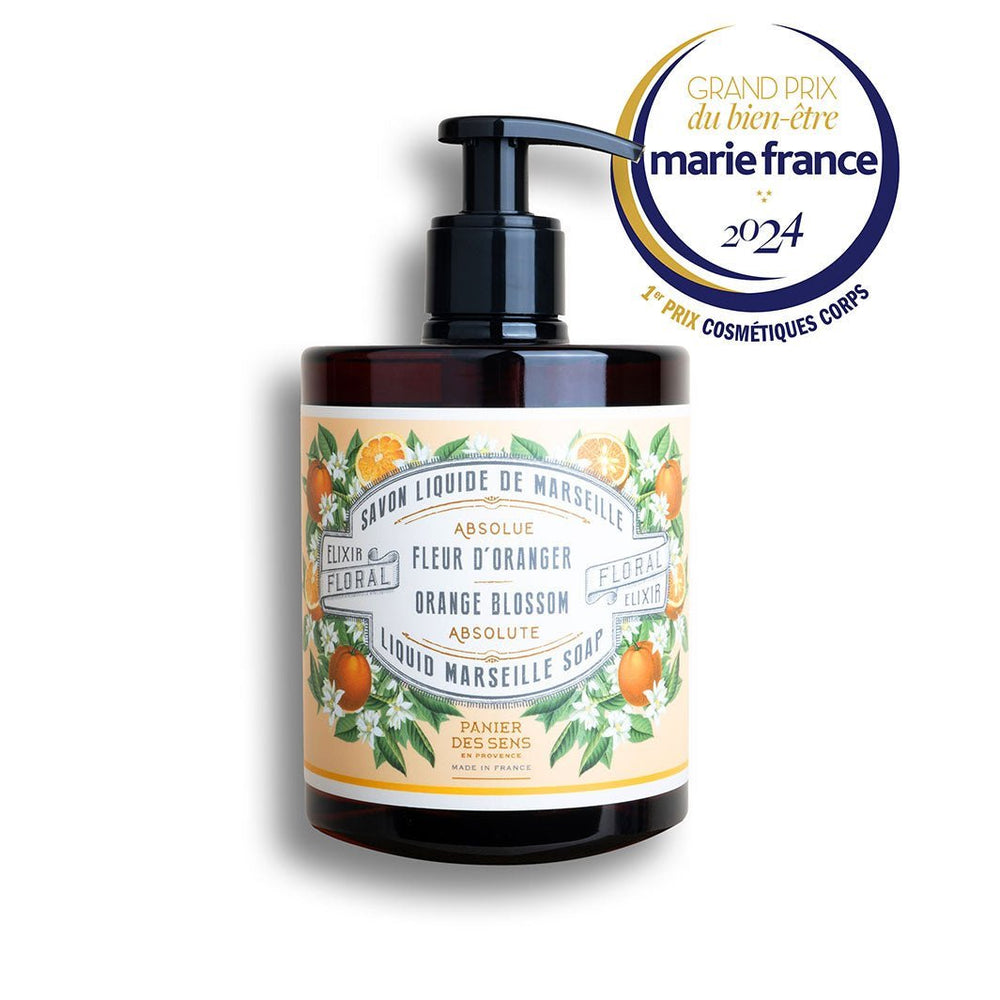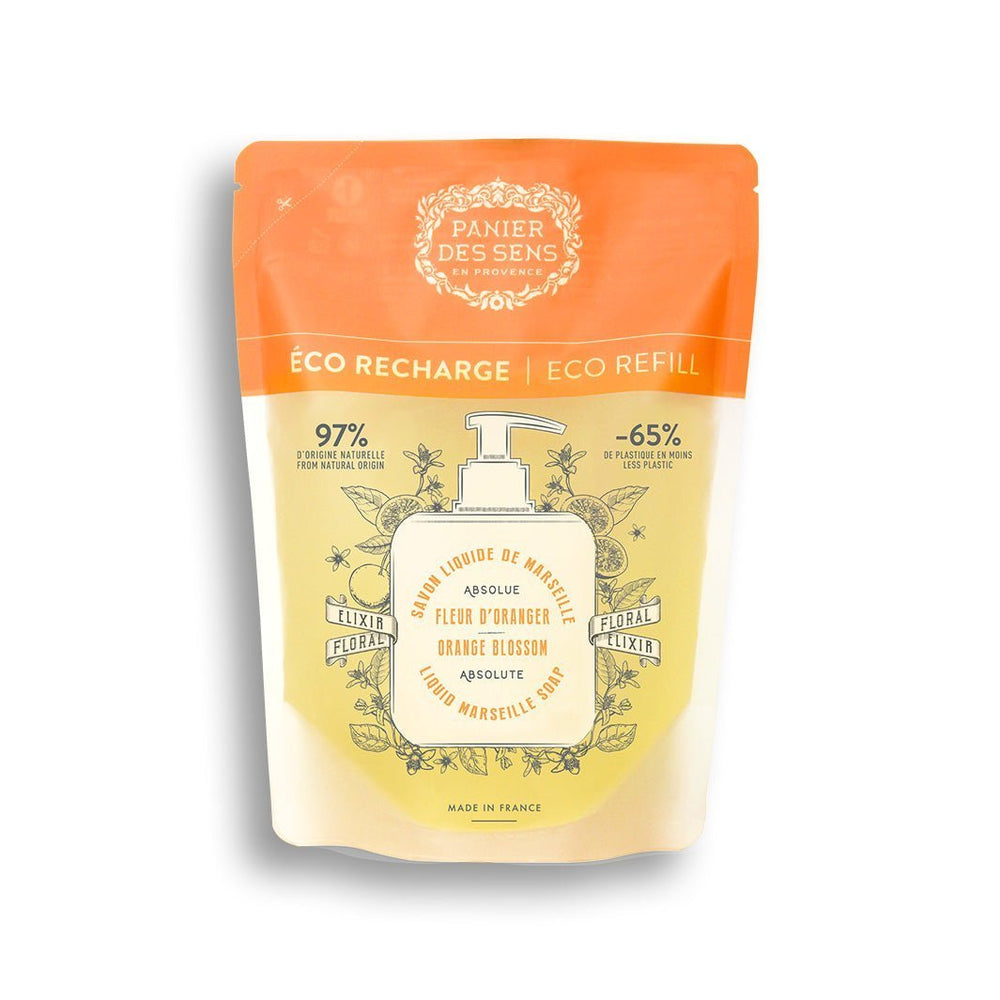Can you tell an eau de toilette by its price?
Immerse yourself in the world of eaux de toilette is a true invitation to a sensory voyage. Whether they evoke memories, captivate with their accords or simply arouse refined curiosity, eaux eaux de toilette often raise questions about their price and value. But can we really judge their quality by this simple criterion?
On this page, we'll first explore the criteria for recognizing an eau de toilette, focusing on its olfactory components and the quality of its ingredients. Next, we'll delve into the fascinating psychology of price and its influences on our perception, by comparing different price ranges. Finally, we'll unveil the strategies behind perfume brands and their impact on eau de toilette prices. eaux de toilette.

Criteria for recognizing an eau de toilette
The olfactory components of an eau de toilette
Immerse yourself in the enchanting world of eaux de toiletteis first and foremost to explore a meticulously orchestrated olfactory symphony. Each fragrance is divided into three distinct parts: top notes, middle notes and base notes. The top notes are the ones that greet you upon application, often fresh and volatile like bergamot or lemon. They quickly evaporate to make way for the heart notes, the true pillars of the fragrance. These can include floral aromas such as rose or jasmine, bringing depth and complexity to the composition.
Then come the base notes, the ones that linger longest on your skin. They reveal woody accords such as cedar or sandalwood, or amber and musky touches that give theeau de toilette its longevity. Have you ever wondered why some fragrances seem to evolve over time? It's precisely because of this tripartite structure that each moment reveals a new facet of the fragrance.
The quality of ingredients in eau de toilette
The very essence of an eau de toilette lies in the irreproachable quality of its ingredients. The raw materials used play a crucial role in the fragrance's richness and staying power. For example, a natural iris extract from Italy will never have the same intensity as a cheap synthetic substitute. The provenance of the ingredients is also essential: patchouli harvested in Madagascar will offer unrivalled depth compared to those grown industrially elsewhere.
What's more, some perfumers use artisanal methods to extract essential oils, guaranteeing exceptional purity. These ancestral techniques require time and unique know-how, but they produce essences of incomparable finesse.
It's also important to note that some houses deliberately choose eco-responsible and sustainable ingredients to meet growing expectations in terms of environmental ethics. This attention to detail is not only a guarantee of quality, but also tangible proof of respect for our planet.
So, recognizing an eau de toilette is not just a question of price, but of the attention paid to its olfactory components and the intrinsic quality of the ingredients used.
The influence of price on the perception of an eau de toilette
The psychology of price in choosing an eau de toilette
Price plays a crucial role in our perception of eaux de toilette. But why does an expensive bottle always seem more attractive? The psychology of price teaches us that the association between high cost and superior quality is deeply rooted in our minds. Indeed, an expensive fragrance often evokes images of luxury, rarity and exclusivity.
Consumers are therefore willing to invest more in an eau de toilette that promises sophistication and longevity. This trend is explained by what experts refer to as theVeblen effect, where the desire to display one's social status encourages the choice of expensive products. However, it should not be forgotten that this perception can be manipulated by skilful marketing strategies.
Comparing price ranges and their impact on perceived quality
Comparing different price ranges reveals fascinating nuances in the perceived quality of eaux de toilette. Take, for example, a moderately priced fragrance: it might offer a balanced composition with synthetic ingredients carefully selected to mimic natural essences. These products are often accessible and appeal to a wide audience thanks to their value for money.
At the other end of the spectrum eaux de toilette are distinguished by the use of rare and precious ingredients such as oud wood or Bulgarian rose. Their manufacturing process often includes artisanal methods that add an almost artistic dimension to the final fragrance. These details partly justify the high cost, but also reinforce the prestigious image associated with these olfactory creations.
However, it would be a mistake to believe that a higher price always guarantees better olfactory quality. Some brands focus more on their reputation than on the actual richness of the product. So it's important to be vigilant and well-informed when making your choice, because behind every bottle lies a complex universe where authenticity and marketing coexist.
At the end of the day, the true value of an eau de toilette lies in how you feel about it, and the emotions it evokes in you every day.
Brands and their pricing strategy for eaux de toilette
Marketing strategies and pricing for eaux de toilette
Perfume brands are deploying sophisticated marketing strategies to position their eaux de toilette on the market. Each bottle, each olfactory note is carefully studied to appeal to a specific clientele. But how do these strategies influence price? Advertising campaigns play a major role, using evocative images and luxurious atmospheres that immediately capture the consumer's imagination.
For example, a brand might choose to associate its eau de toilette with a celebrity or prestigious event, creating an aura of exclusivity around the product. This perception of elitism then justifies a higher price. In addition, limited editions or special collaborations with renowned artists add a unique dimension that attracts collectors and lovers of rare fragrances.
Another essential aspect is the packaging. A bottle with an innovative or artisanal design, often created in collaboration with famous designers, can transform a simple eau de toilette into a veritable work of art. This attention to visual detail enhances the perceived value of the product and enables brands to apply premium pricing.
Brand reputation and influence on eau de toilette prices eaux de toilette
A brand's reputation plays a decisive role in the pricing of eaux de toilette. Historic houses such as Panier des Sens benefit from a rich heritage of expertise and fragrance tradition, giving them unrivalled credibility in the marketplace. This reputation translates into increased consumer confidence, with consumers willing to invest more to obtain a product signed by these emblematic institutions.
On the other hand, certain emerging brands rely on innovation and breaking with traditional codes to stand out from the crowd. By offering bold ingredients or adopting an eco-responsible approach, they capture the attention of a modern, demanding clientele. These strategic choices also enable them to justify higher price positioning, while meeting today's expectations in terms of environmental ethics.
However, the impact of word-of-mouth and customer reviews should not be underestimated in this complex equation. An eau de toilette that has been acclaimed by its users will see its demand increase exponentially, which may lead to an upward revision of the price initially set.
Behind each bottle lies a world where refined marketing strategy and carefully constructed reputation converge to define the value perceived by the discerning consumer.
We recommend these other pages:
- What's the difference between eau de toilette and eau de parfum?
- Do quality certifications help you recognize an eau de toilette ?
- Eau de toilette : what clues on the packaging guarantee its authenticity?
- What are the olfactory cues for an eau de toilette ?
- How can you tell the difference between an eau de toilette and an eau de cologne?







































